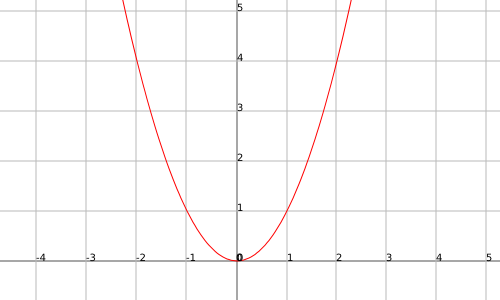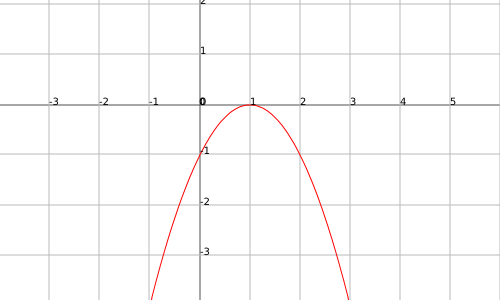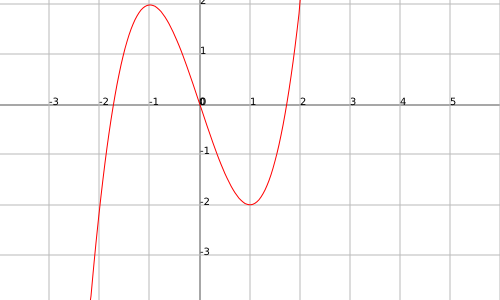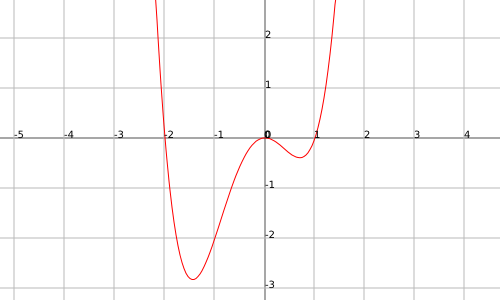Increasing and decreasing functions
The functions can be increasing or decreasing along its domain or in a certain interval.
We say that a function
We say that a function
The functions that never decrease, they always increase in value or remain the same (the increasing functions).
Similarly, the decreasing functions never increase, they always decrease in value or they remain the same when
On the other hand, we can define definitely increasing or decreasing functions: these will never be supported in the same value, or else they increase or diminish.
We say that a function
We say that a function
Next we will see a few examples:
Example
All the functions of the type
Example
The function
Example
The constant functions are functions that are simultaneously increasing and decreasing (they stay constant).
Maximums and minimums
When we represent a function we can sometimes see that we have points that are relative or absolute maximums or minimums.
As we can see in the following example the function 
Let's correctly define the concept of relative and absolute maximum and minimum:
- A point
- A point
- A point
- A point
To better understand these concepts let's see an example for each one:
Example
The function
Example
The function 
Example
The function 
Example
The function 
Location of maximums and minimums
We are going to find maximums and relative minimums.
To do so, we consider a continuous function
If we concentrate on the previous graphs, we see that the tangent line on the maximums and minimums points are horizontal, so they have slope equal to zero.
The procedure will be to derive the function
This can be deduced from the value of the second derivative of the function at the point we just found: if it is positive, it will be a minimum, and if it is negative, it will be maximum.
To clearly understand the process, let's see an example.
Example
Let's take the function
We will start by deriving the function and equaling it to zero. We will solve the equation and will obtain the solution points.
Now we know that in the points
And consequently we have maximum in
Let's see the graph:

